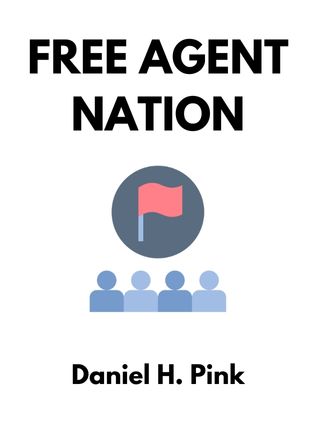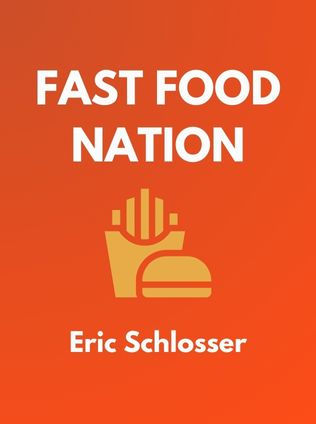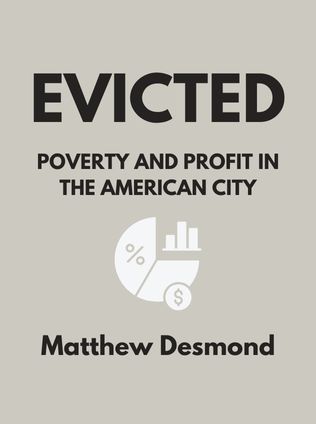
Free Agent Nation
How America's New Independent Workers Are Transforming the Way We Live
By Daniel H. Pink
Published 05/2002
About the Author
Daniel H. Pink is a former White House speechwriter and a contributing editor at Fast Company magazine. His articles on technology and the new world of work have appeared in the New York Times, Washington Post, New Republic, and Salon. Pink is known for his insightful analysis of workplace dynamics and the evolving nature of work in the modern economy.
Main Idea
Free Agent Nation: How America's New Independent Workers Are Transforming the Way We Live by Daniel H. Pink explores the rise of independent workers, or "free agents," who are reshaping the American workforce. These individuals, including freelancers, temps, and microbusiness owners, operate independently, challenging traditional employment models and redefining work, success, and community in the process.
Table of Contents
- Introduction: The Death of the "Organization Man"
- The Three Free Agent Species
- How Free Agency Happened
- The New Work Ethic
- The New Social Contract
- The New Time Clock
- Small Groups, Big Impact
- The Free Agent Infrastructure
- Matchmakers, Agents, and Coaches
- The Free Agent Future
Introduction: The Death of the "Organization Man"
The traditional "Organization Man," described by William H. Whyte in 1956, represented individuals who sacrificed personal goals for the stability and security offered by large organizations. This model has been upended as economic conditions, corporate restructuring, and technological advancements have led to widespread layoffs and the erosion of job security. The new archetype is the free agent, who operates independently, serving multiple clients rather than a single employer.
"The Organization Man has been relegated to the annals of history, replaced by the independent worker who operates on his or her own terms." - Daniel H. Pink
For generations, the American working economy had a single, stalwart human emblem: the "Organization Man." This individual, almost always male, buried his identity and goals in the service of a large organization, which rewarded his self-denial with a regular paycheck and job security. This model began to crumble in the 1980s and 1990s, as companies like Bell Telephone and Kodak reduced their workforces in response to economic changes, corporate restructuring, and technological advancements. The social contract of job security was broken, and the Organization Man became a relic of the past.
The Three Free Agent Species
Pink categorizes free agents into three main types: soloists, temps, and microbusinesses. Soloists work independently, selling their services project by project. Temps are often free agents by necessity rather than choice, filling temporary roles within organizations. Microbusinesses are small enterprises, often with fewer than five employees, that leverage technology and flexibility to thrive.
"The most common variety of free agent is the soloist - someone who works for him- or herself, generally alone, moving from project to project." - Daniel H. Pink
Soloists, or independent contractors, operate alone, selling their services from project to project. Whether they are management consultants, graphic designers, or plumbers, soloists represent a significant portion of the workforce. Research indicates that four out of five soloists prefer to be soloists, and full-time soloists earn an average of 15 percent more than their employee counterparts.
Temps are often free agents by default, filling temporary roles within organizations. Although many temps would prefer permanent jobs, the temporary staffing industry has grown significantly. From 1992 to 1999, the number of temps increased by 600 percent, and the industry's revenues soared from less than $1 billion in 1975 to $80 billion by 2000.
Microbusinesses, typically consisting of two or three people, are a growing force in the economy. More than half of American companies today have fewer than five employees. The internet has facilitated this growth by reducing barriers to entry and providing robust information networks and access to capital.
- The percentage of self-employed workers increased from 22 percent in 1998 to 26 percent in 2000, totaling 33 million workers.
- Temps have grown significantly, with temporary personnel creating more net new jobs in the 1990s than any other industry in America.
- Microbusinesses, bolstered by the internet and affordable technology, represent a growing segment of the economy.
How Free Agency Happened
Free agency emerged from several key factors: the end of America's economic adolescence, the availability of cheap, houseable means of production, widespread prosperity, and the shrinking half-life of organizations. These elements combined to create an environment where individuals could operate independently, leveraging their skills and talents outside the confines of traditional employment.
Sign up for FREE and get access to 1,400+ books summaries.
You May Also Like
Rich Dad Poor Dad
What the Rich Teach Their Kids About Money - That the Poor and Middle Class Do Not!
By Robert T. KiyosakiFreakonomics
A Rogue Economist Explores the Hidden Side of Everything
By Steven D. Levitt and Stephen J. DubnerThe Lean Startup
How Today's Entrepreneurs Use Continuous Innovation to Create Radically Successful Businesses
By Eric RiesFactfulness
Ten Reasons We're Wrong About the World – and Why Things Are Better Than You Think
By Hans Rosling



















